Emergence of Smart Manufacturing
The Machine Vision System Market is being driven by the emergence of smart manufacturing practices. As industries transition towards Industry 4.0, the integration of machine vision systems into smart factories is becoming increasingly common. These systems facilitate real-time data collection and analysis, enabling manufacturers to optimize their operations and enhance decision-making processes. The implementation of machine vision in smart manufacturing can lead to a reduction in production costs by up to 20%, as it allows for better resource management and waste reduction. This trend indicates a promising future for the Machine Vision System Market as more companies adopt smart manufacturing technologies.
Growth of Robotics and Automation
The Machine Vision System Market is significantly influenced by the growth of robotics and automation in various sectors. As companies seek to enhance operational efficiency and reduce labor costs, the integration of machine vision systems with robotic applications is becoming more prevalent. This synergy allows for improved precision in tasks such as assembly, packaging, and quality inspection. According to recent data, the robotics market is projected to grow at a compound annual growth rate of 26% over the next five years, which will likely drive the demand for machine vision systems. Consequently, the Machine Vision System Market is poised for substantial growth as automation continues to expand.
Increasing Adoption in Healthcare
The Machine Vision System Market is witnessing an increasing adoption of machine vision technologies in the healthcare sector. With the rise of telemedicine and remote diagnostics, machine vision systems are being utilized for applications such as medical imaging, surgical assistance, and patient monitoring. These systems enhance the accuracy of diagnoses and improve patient outcomes. For example, machine vision systems can analyze medical images with a precision that surpasses human capabilities, leading to earlier detection of diseases. As healthcare providers continue to invest in advanced technologies, the Machine Vision System Market is expected to benefit from this trend, expanding its reach into the medical field.
Rising Demand for Quality Control
The Machine Vision System Market is experiencing a notable increase in demand for quality control across various sectors, particularly in manufacturing. As industries strive to enhance product quality and reduce defects, machine vision systems are being integrated into production lines to ensure compliance with stringent quality standards. This trend is underscored by the fact that approximately 70% of manufacturers are investing in automated inspection systems to improve efficiency and accuracy. The ability of machine vision systems to detect anomalies in real-time significantly contributes to minimizing waste and optimizing production processes, thereby driving growth in the Machine Vision System Market.
Advancements in Imaging Technologies
Technological advancements in imaging technologies are propelling the Machine Vision System Market forward. Innovations such as high-resolution cameras, 3D imaging, and hyperspectral imaging are enhancing the capabilities of machine vision systems. These advancements enable more precise measurements and inspections, which are crucial in sectors like automotive and electronics. For instance, the introduction of 3D vision systems has been shown to improve the accuracy of robotic applications by up to 30%. As industries increasingly adopt these sophisticated imaging technologies, the demand for machine vision systems is expected to rise, further stimulating the Machine Vision System Market.


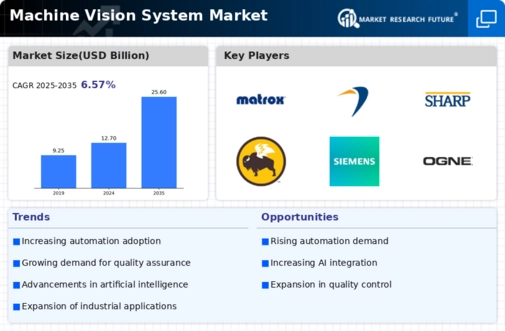
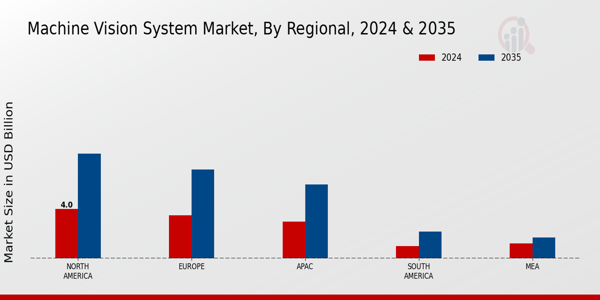
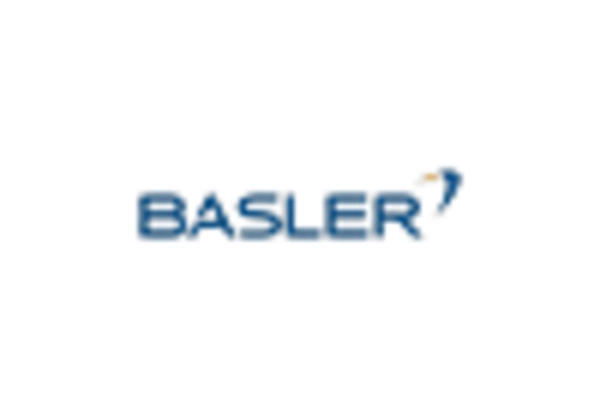
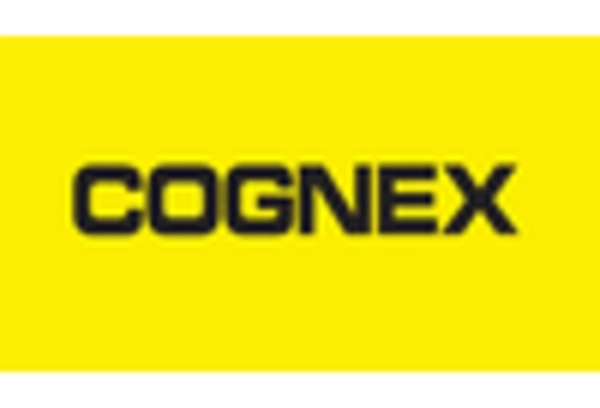
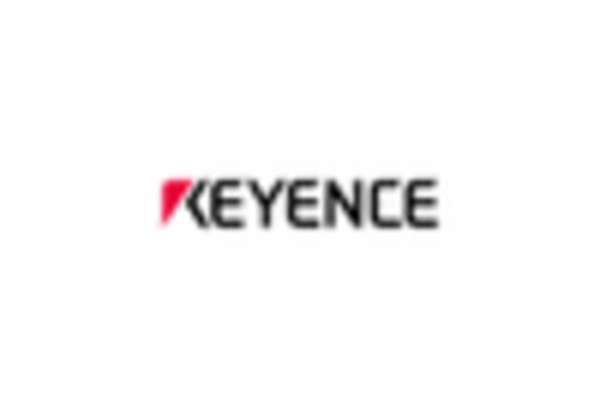
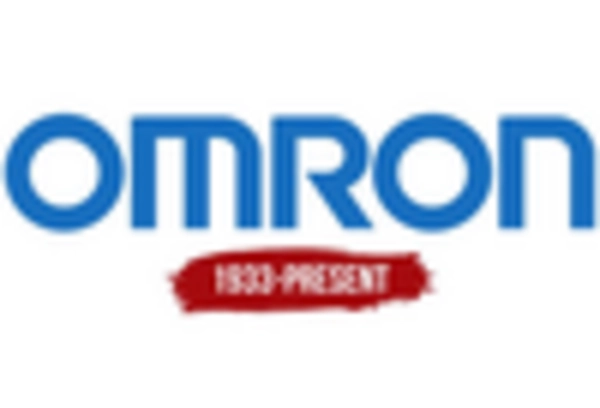
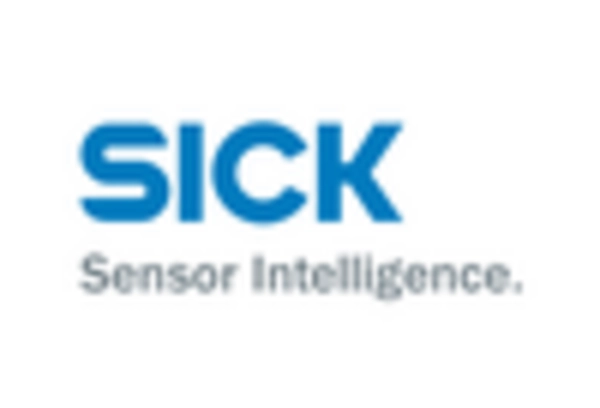
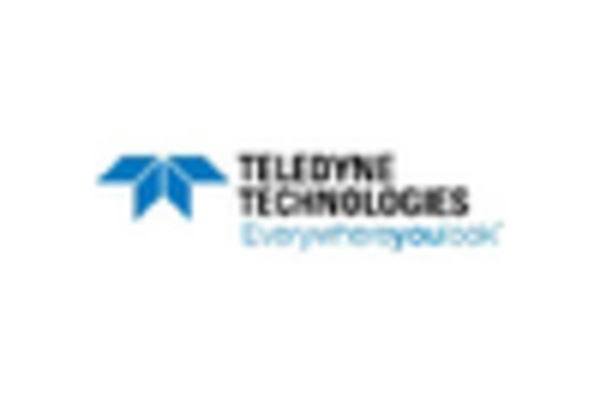








Leave a Comment